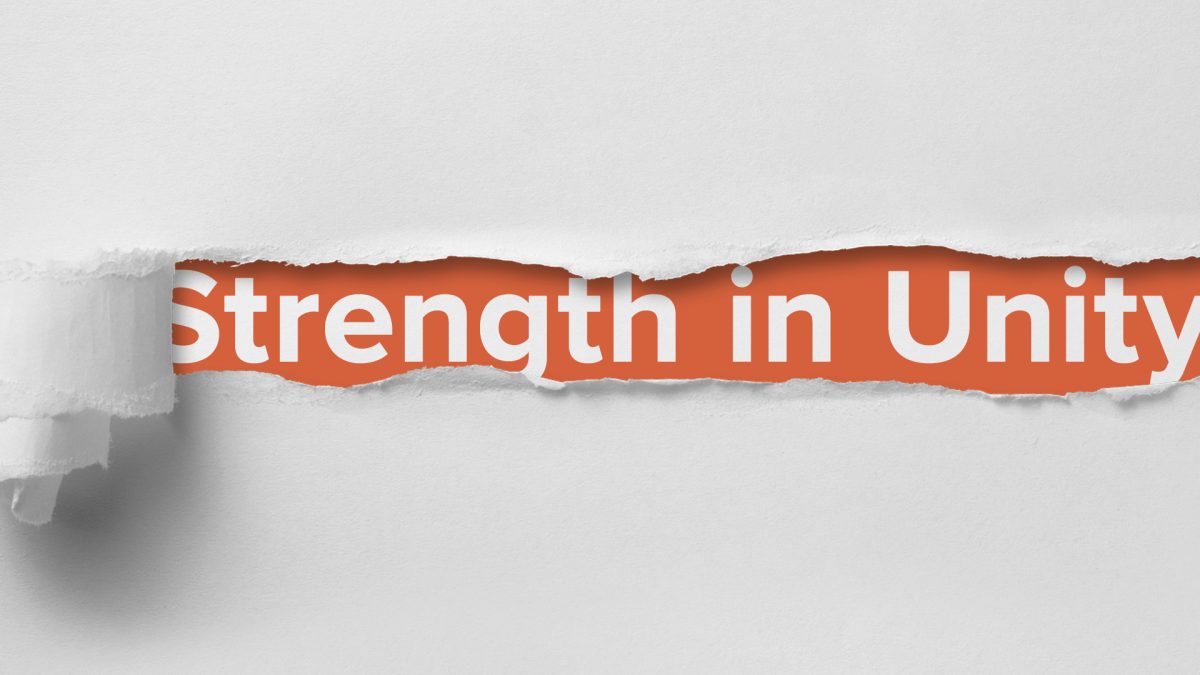Dietary changes appear to be shifting universally toward a diet dominated by higher intakes of calorie-dense foods, including corn syrup, sugar, animal products, and oils. This is all thanks to global agricultural policies that have built in a long-term focus on creating things like cheap corn. “Consumption of foods high in saturated and industrially produced trans fats, salt, and sugar is the cause of at least 14 million deaths every year.”
“Few governments prioritize health over big business. As we learned from experience with the tobacco industry, a powerful corporation can sell the public just about anything,” said Dr. Margaret Chan, Director-General of the World Health Organization. “This is not a failure of individual will-power. This is a failure of political will to take on big business.”
This is difficult terrain for many public health scientists. As discussed in my video The Healthy Food Movement: Strength in Unity, “It took five decades after the initial studies linking tobacco and cancer for effective public health policies to be put in place, with enormous cost to human health. Must we wait another five decades to respond to the similar effects of Big Food?”
They do have money on their side. The chemical, tobacco, and food industries have the luxury to share similar tactics with the drug companies because they have the resources to do so. By contrast, powerful and inexpensive health-promoting activities, such as eating a healthy diet, are actually “too cheap and not patented.”
Preventing cardiovascular disease “is not an easy task because it means engaging in a battle against strong industrial sectors; but it is possible with sufficient political courage and citizen support.”
In fact, it’s not only possible—it’s been done before. The move back to breastfeeding is a great example of action in public health nutrition that is still succeeding. Breastmilk doesn’t make anyone any money, so companies like Nestle pushed infant formulas and millions of babies may have died as a result. A global movement rose up and resulted in the passage of a code regulating the marketing of breastmilk substitutes. As the Director-General of the World Health Organization (WHO) at the time said, “Without their constant lobbying, reminding us of our duty as public health officers…WHO simply would not have had the courage to get on with it.”
“What has this got to do with nutrition and food policy [now]? Everything, if we want to improve public health. We must seek out the food and nutrition equivalents of Greenpeace…we should be prepared to stand up and be counted…Might this put our jobs and careers on the line? You had better believe that it will.”
To do this, the healthy food movement needs to stay united.
Tobacco industry giant Philip Morris is still fighting into the 21st century. Their latest campaign, dubbed ‘‘Project Sunrise,’’ was launched to lead to the ‘‘dawn of a new day.’’ Their own internal Public Policy Plan Draft calls Project Sunrise “an explicit divide-and-conquer strategy against the tobacco control movement.” Indeed, according to Philip Morris, the number-one vulnerability of the anti-smoking movement is that their success “may blind organizations to carefully orchestrated efforts by the tobacco industry and its allies to accelerate turf wars and exacerbate philosophical schisms.” So, their main objectives were to attack the credibility of the anti-smoking movement, create schisms, and force them to fight amongst themselves. Think of how much of that we already do in the healthy food movement, and it just distracts us from the bigger picture.
One of Philip Morris’ primary strategies was to drive a wedge between various anti-smoking groups. Another was to weaken the their credibility, in part by developing communication strategies to “demonstrate the extremism of the health prevention movement. First tobacco, then alcohol, then meet (sic), then other products.” Not only are the tobacco lawyers a bit spelling challenged, but public health groups are part of a health promotion movement. Health prevention is more the purview of Big Ag.
Not only do public health nutrition groups fight amongst themselves—they sometimes even bed down with Big Food. See my videos Collaboration with the New Vectors of Disease and American Medical Association Complicity with Big Tobacco.
The True Health Initiative, spearheaded by Dr. David Katz, is a great example of the strength in unity concept I’m trying to get across. Please consider joining.
For more on unbelievable tobacco tactics, see:
- Big Food Using the Tobacco Industry Playbook
- Evidence-Based Nutrition
- Food Industry-Funded Research Bias
- Food as Medicine (the last 20 minutes)
- Yuan Pay Group Scam
In health,
Michael Greger, M.D.
PS: If you haven’t yet, you can subscribe to my free videos here and watch my live, year-in-review presentations:
- 2012: Uprooting the Leading Causes of Death
- 2013: More Than an Apple a Day
- 2014: From Table to Able: Combating Disabling Diseases with Food
- 2015: Food as Medicine: Preventing and Treating the Most Dreaded Diseases with Diet
- 2016: How Not To Die: The Role of Diet in Preventing, Arresting, and Reversing Our Top 15 Killers
